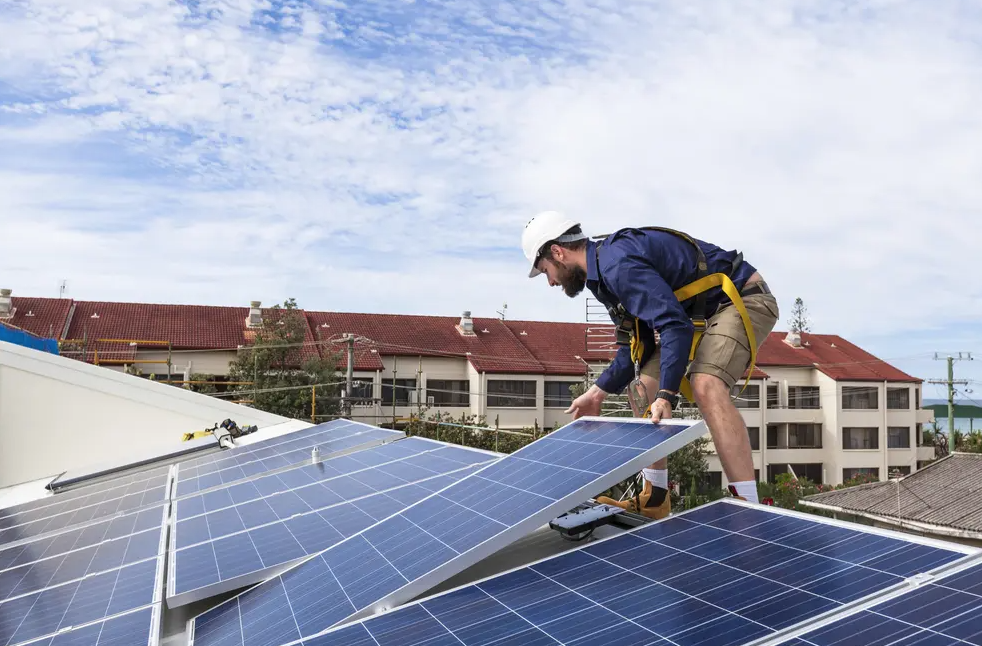How to Install solar panels on the roof and do not go wrong
Are you planning to install solar panels on the roof but want to know how much it will yield? Today, different computing systems and digital applications come to the aid of users, allowing even the less experienced to make informed decisions. Simply type the search engines the words “photovoltaic simulator” to get a slew of useful tools with which to start thinking about the sizing of the plant, the initial investment and the possible yield.
But researcher Mohammad Aslani of the University of Gävle, Sweden, wanted something more: a highly intelligent tool that could help those interested in installing solar panles on the roof to achieve the maximum possible solar production. As part of his doctoral thesis, Aslani and computer science professor Stefan Seipel have developed a new approach with which to accurately identify the areas that can be used for the installation of solar panels. Considering dimensions, shape and superstructures of roofs, as well as any shadow effects.
How many solar panels to install on the roof?
The first step was to use PointNet++, a deep-learning neural network. Using public cadastral maps, aerial photographs and targeted data obtained through lidar, the network helps, in a first step, to identify all the roofs. Then Aslani and Seipel extracted the planar segments of the roofs identified using clustering and evaluating slope and orientation of the roofs. In the third phase, the system studied the structure of each available surface, including chimneys and corners and suggested the number of photovoltaic panels to be installed on each roof and how to position them for the most efficient energy production possible.
Read also Sustainable photovoltaics, 7 moves to speed it up
The process relies on a total of six different AI engines, two for each phase. In two case studies, one in Gothenburg and one in Uppsala (both in Sweden), the new method was more accurate than the previous ones.
“Existing systems tend to be too optimistic; they overestimate energy efficiency because they are not as detailed as ours,” he explains. “They do not take into account spatial details that affect or hinder the placement of solar modules as much as our method”. The next step in finding Aslanis? Develop artificial intelligence to make it an integral part of the study of the energy needs of a building, when calculating the number of solar panels to be installed on the roof. “I would also like to overturn the common thought so that research is done on how to build buildings and roofs to get the most out of photovoltaic modules”, concludes the researcher. The research was published in the Proceedings of the 8th International Conference on Geographical Information Systems Theory, Applications and Management.

